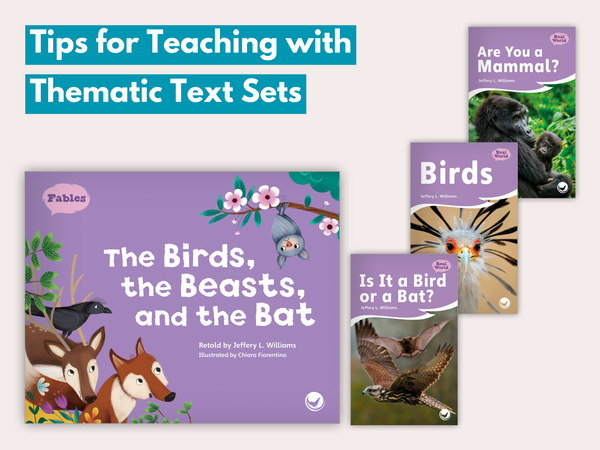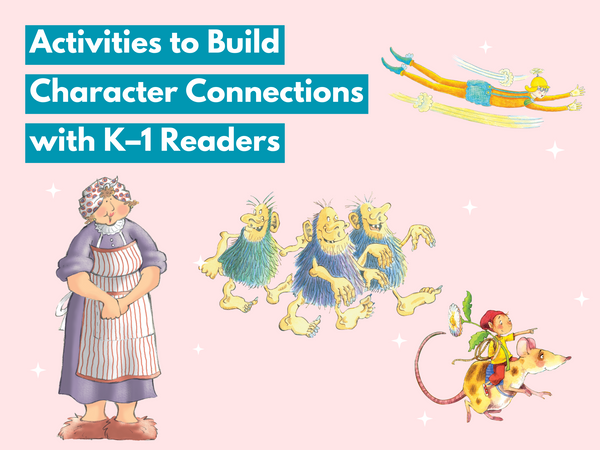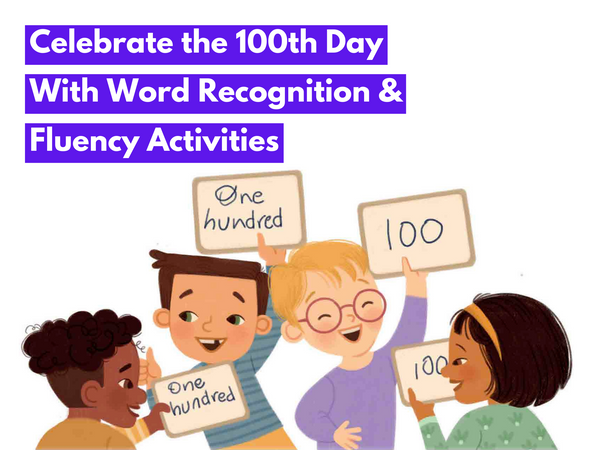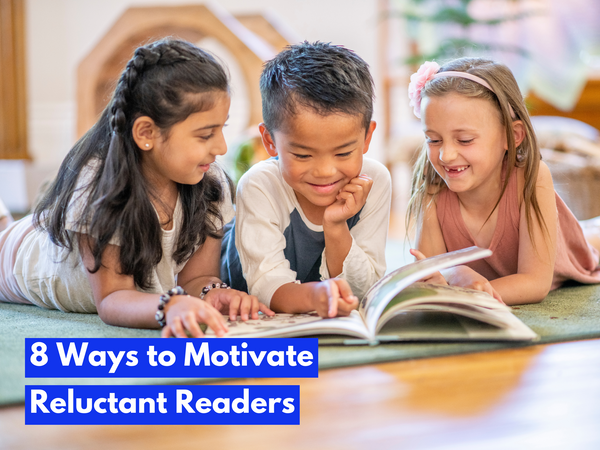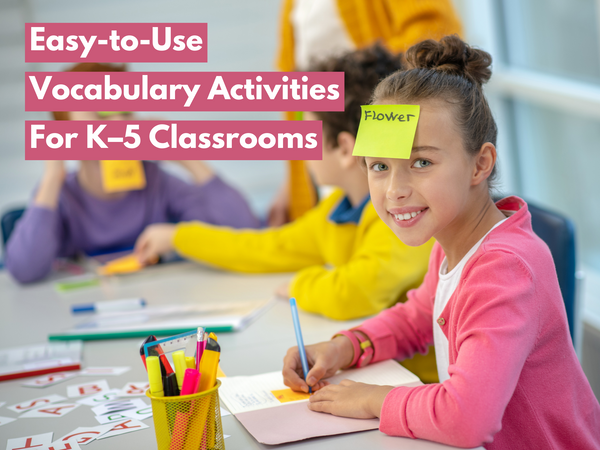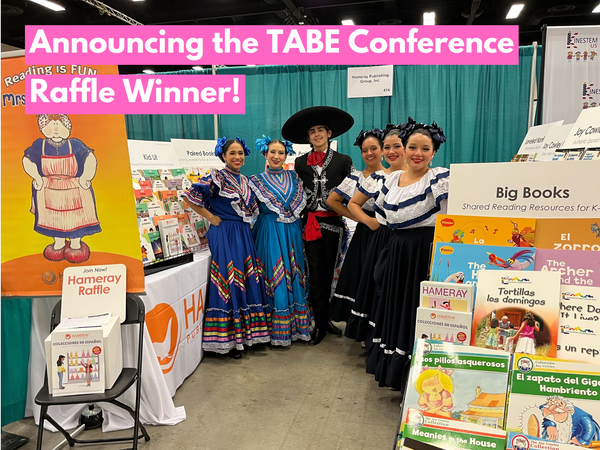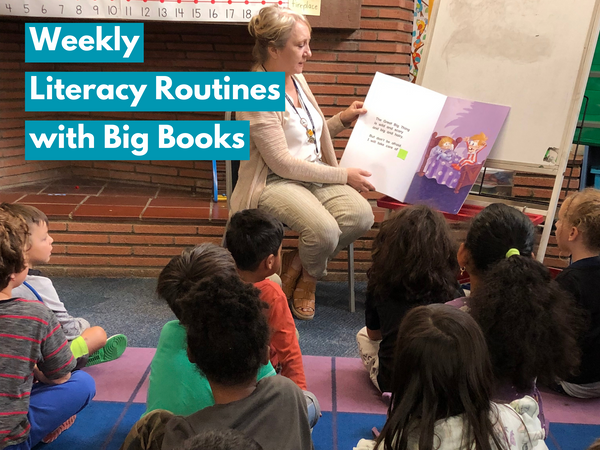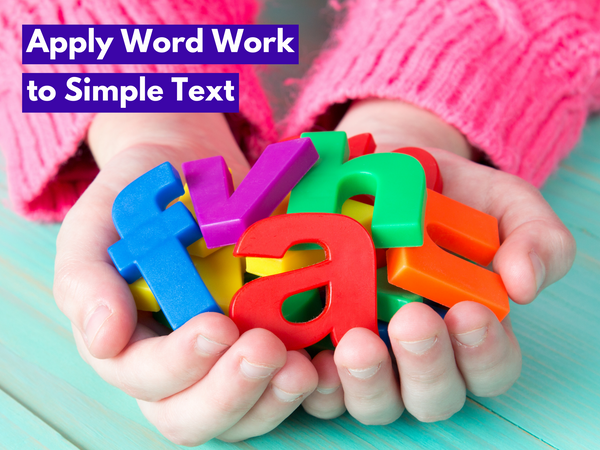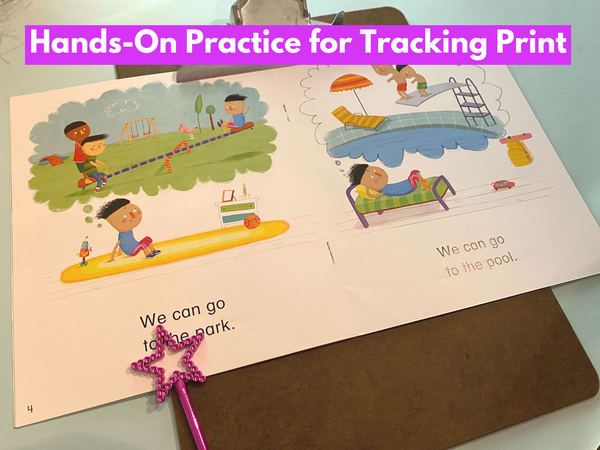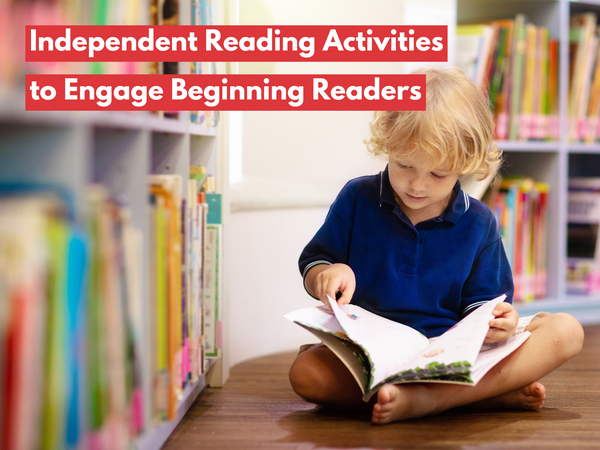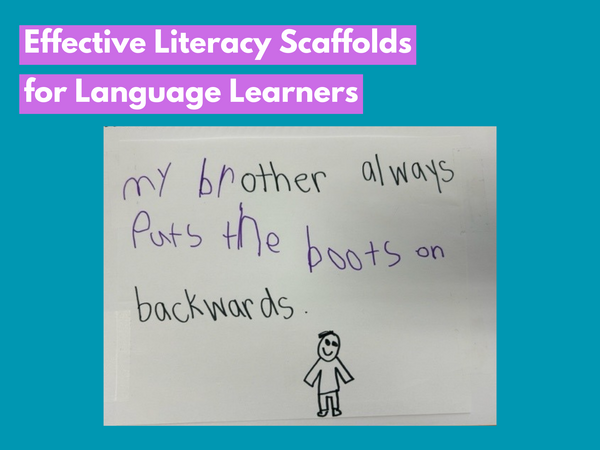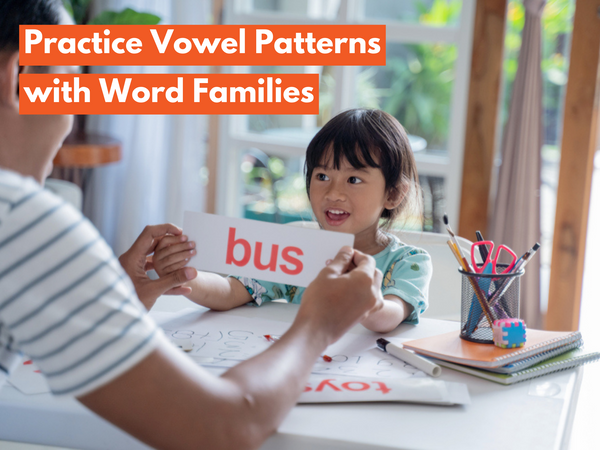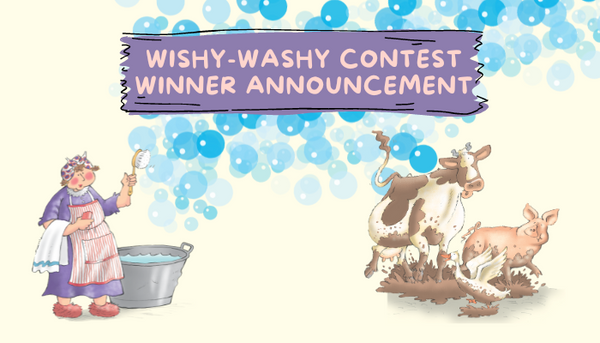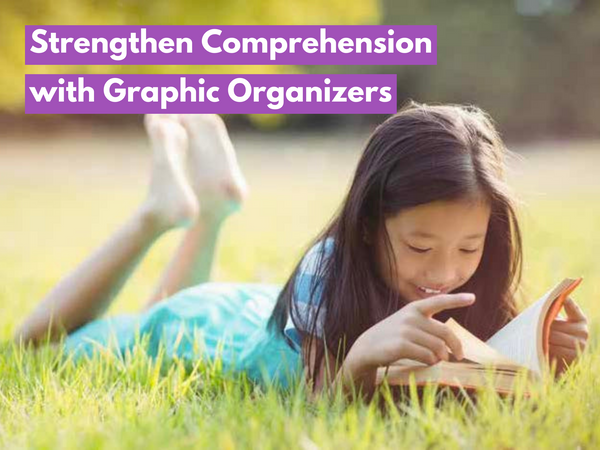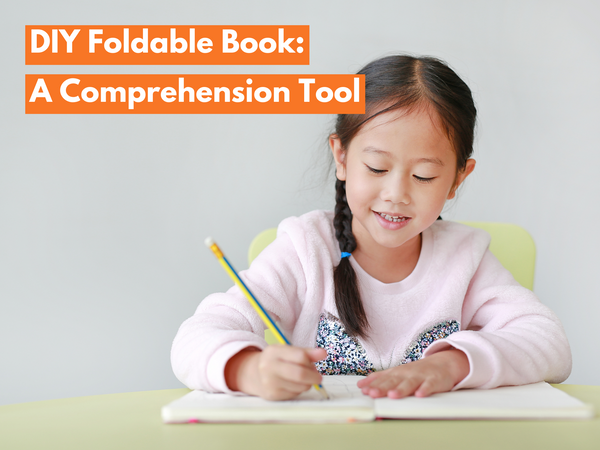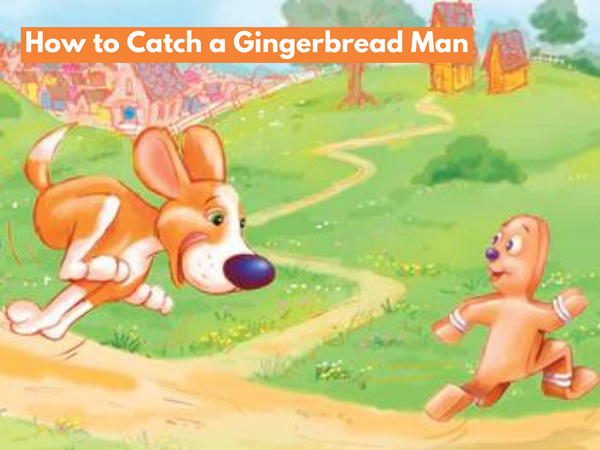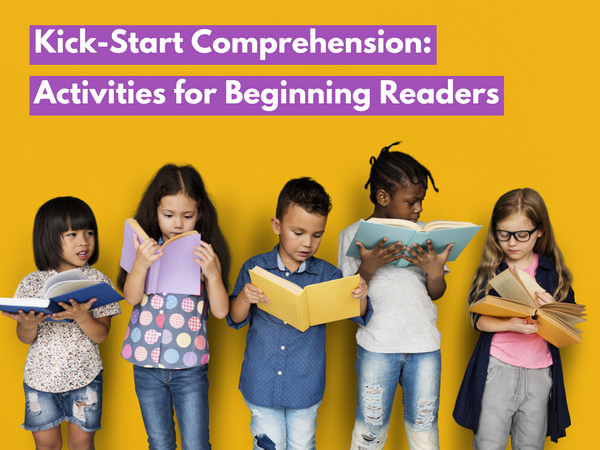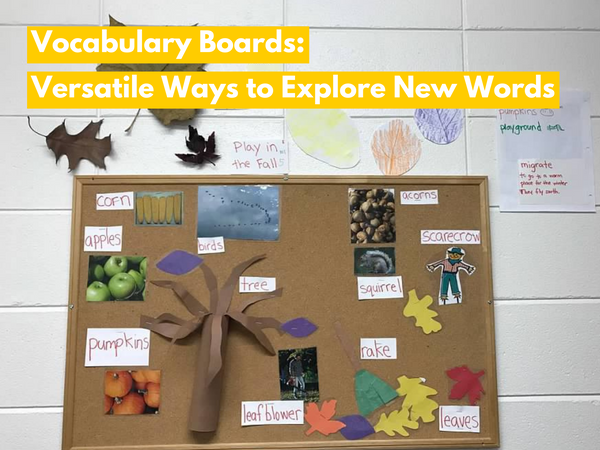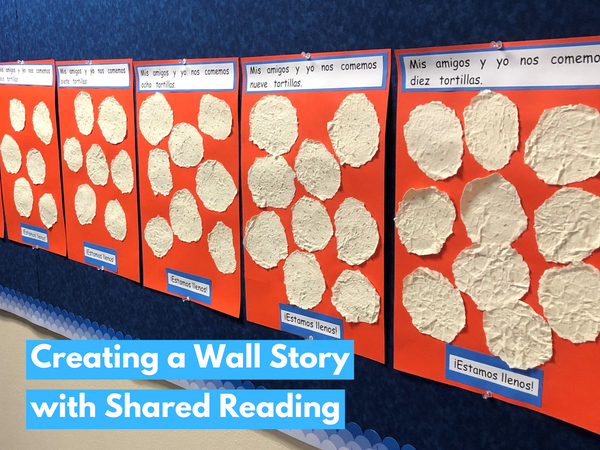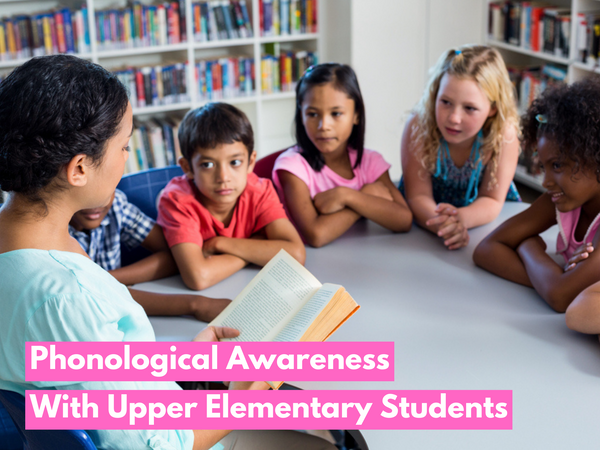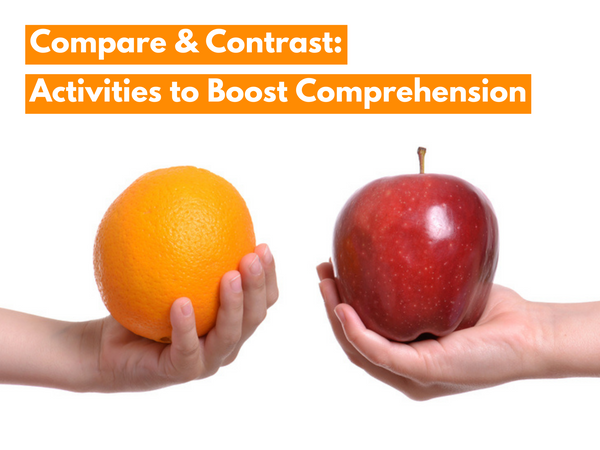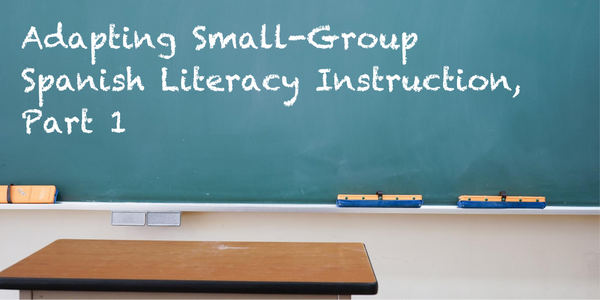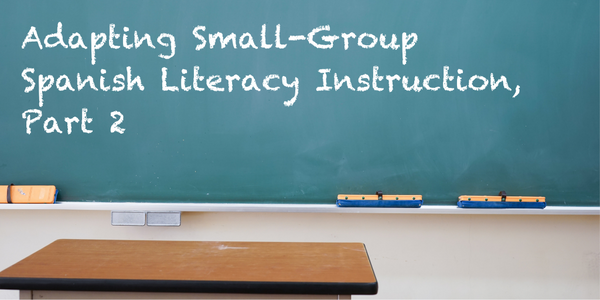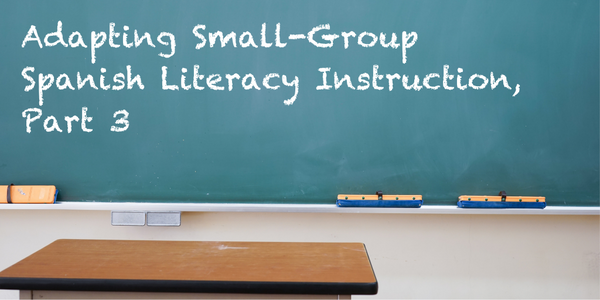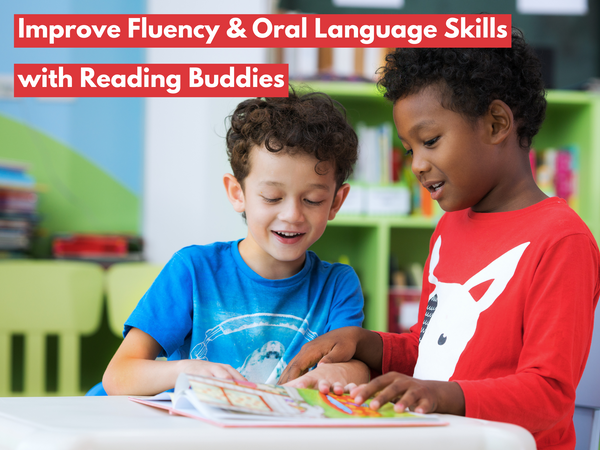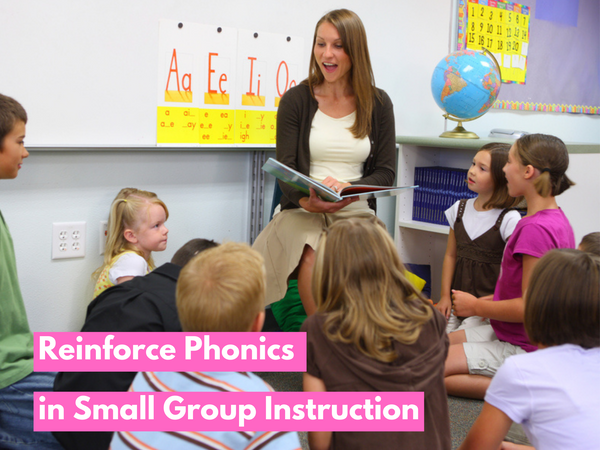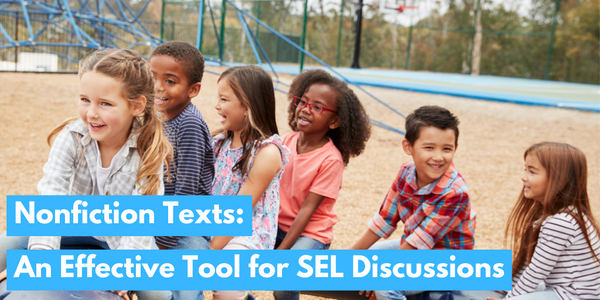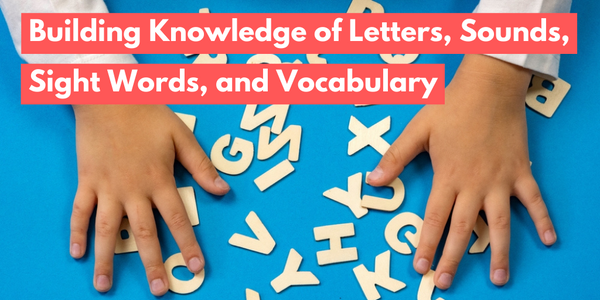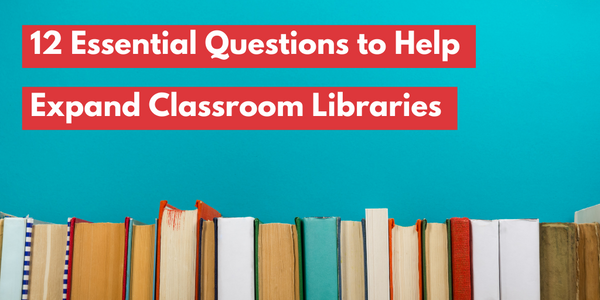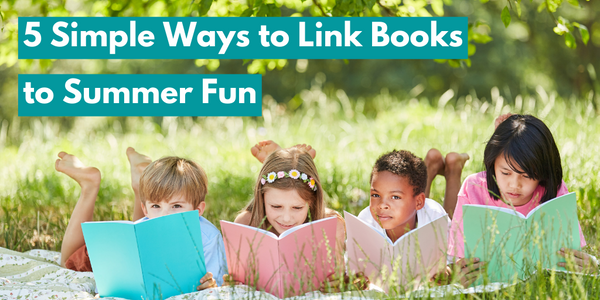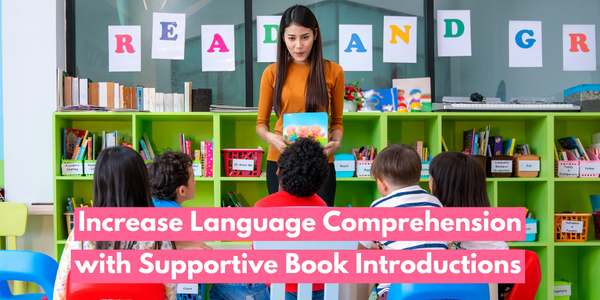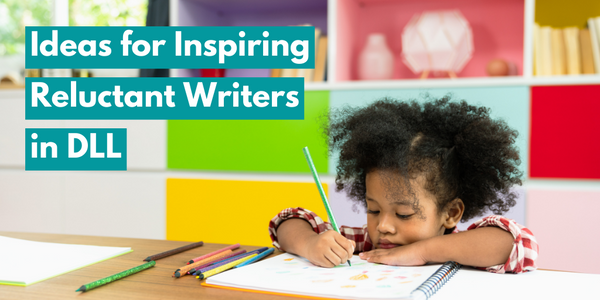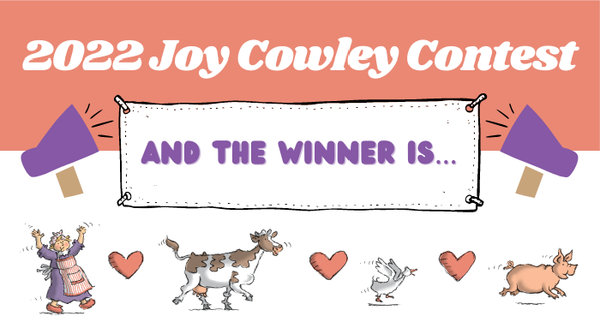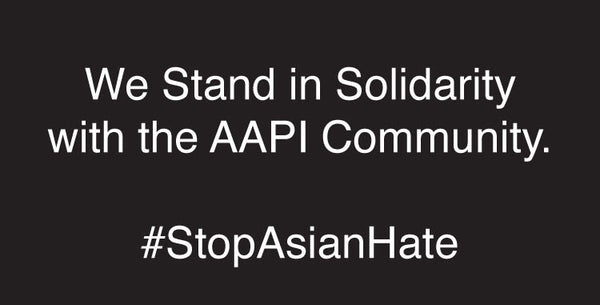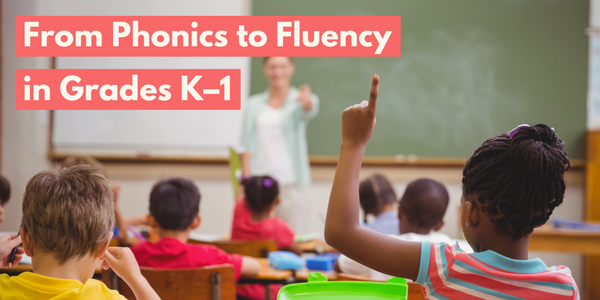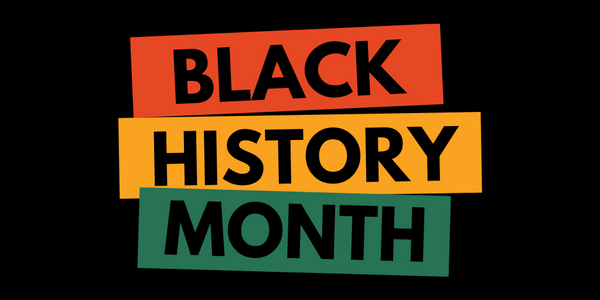By Dr. Geraldine Haggard, Reading Recovery Teacher Leader, Guest Blogger
Do you think reading is an accumulation of subskills, or do you think it's a specialized way of thinking? Research shares that when we teach students comprehension skills as a continuous thought process, they participate in a cognitive task that involves making meaning, which helps to develop life-long independent readers. In this three-part post series, I'll share steps to help your students broaden their inferencing repertoire to make meaning. First, I'll share questions you can model for your students with a wordless book. Then I'll give recommendations on how to work with a narrative text, and then I'll provide detail on how you can use an informational leveled reader.
The result of helping a struggling reader is an active reader who can construct, revise, and question meanings as they read. Active readers also try to determine unfamiliar words, draw from background knowledge, and read different types of text. As the reading material grows more difficult, strategies that students use to comprehend the material need to advance as well. Common Core standards refer to instructional strategies that explicitly use vocabulary and story structure, however, inference skills, which help students make connections to information that isn't in the text of a book, are not referenced.
Keep reading for a page-by-page guide to help students develop inference skills that you can use with We Are Thirsty . Wordless books like this in Zoozoo Into the Wild offer excellent opportunities for students to use prior knowledge and make inferences from the artwork on each page.
Helping Students Make Inferences with a Wordless Book
 Front cover:
Explain to students that they're going to meet two animals that have a problem. Invite students to share their knowledge of what problems are. Ask them to talk about a problem they recently had and ask how they solved it. This is a good way to help students express how they inferred. Then say, "Today, we are going to help some animals solve a problem."
Front cover:
Explain to students that they're going to meet two animals that have a problem. Invite students to share their knowledge of what problems are. Ask them to talk about a problem they recently had and ask how they solved it. This is a good way to help students express how they inferred. Then say, "Today, we are going to help some animals solve a problem."
Show the cover of We Are Thirsty and model the following thought process: I see that they look like horses, but they have stripes. I don’t think I would see one anywhere, except in a zoo. What do I think the animals are? I believe they are zebras. Did anyone else decide that, too?
Read the title and ask the children if they think the animals could be saying something. Draw attention to the open mouths of the zebras. Ask them to discuss why there might be a problem. What might the zebras be saying?
Page 2: Use the following question to guide inferences: Where could the zebras be going? Why do you think that?
Page 3: Focus children's attention to the thought bubble by modeling: What are the zebras thinking? Why do they need water?
Page 4: Encourage kids to think about using context clues by asking the following: Do you see the sign? Are there words on the sign? Why is the sign there? How can the sign help the zebras?
Page 5: Ask students to use evidence from the pictures to think about what the zebras are doing: Why are the zebras looking in two different directions? What could they be thinking?
Page 6: Use questions that will prompt students to make predictions and use evidence from the images: If a thought bubble, like on page 3, were on this page, what do you think the zebras would be thinking? Do you think they are looking in the right direction to find a place to drink water? How do you know?
Page 7: When you come to the last page of the story about the zebras' journey, ask the following to ensure additional reading comprehension practice: Did the zebras solve their problem? How did they do that?
 You can read the synopsis at the end of the book to students during your guided reading lesson. On the same page of the synopsis, you can also use the ideas for retelling and to improve writing. At some point, you should remind the students that pictures in a book can help them understand the story. It's important to encourage them to use their experiences as they think about events in a story while they're learning to read. By the end, your students should be excited about using the information they already know to make inferences.
You can read the synopsis at the end of the book to students during your guided reading lesson. On the same page of the synopsis, you can also use the ideas for retelling and to improve writing. At some point, you should remind the students that pictures in a book can help them understand the story. It's important to encourage them to use their experiences as they think about events in a story while they're learning to read. By the end, your students should be excited about using the information they already know to make inferences.
Be sure to stay tuned for the second part of this blog post series because I'll provide a page-by-page guide to use with narrative texts.
 Dr. Geraldine Haggard is a retired teacher, Reading Recovery teacher leader, author, and university teacher. She spent thirty-seven years in the Plano, TX school system. She currently tutors, chairs a committee that gifts books to low-income students, and serves as a facilitator in a program for grieving children. If you like what you read here, you can enjoy
more from Dr. Haggard elsewhere on our blog
.
Dr. Geraldine Haggard is a retired teacher, Reading Recovery teacher leader, author, and university teacher. She spent thirty-seven years in the Plano, TX school system. She currently tutors, chairs a committee that gifts books to low-income students, and serves as a facilitator in a program for grieving children. If you like what you read here, you can enjoy
more from Dr. Haggard elsewhere on our blog
.















